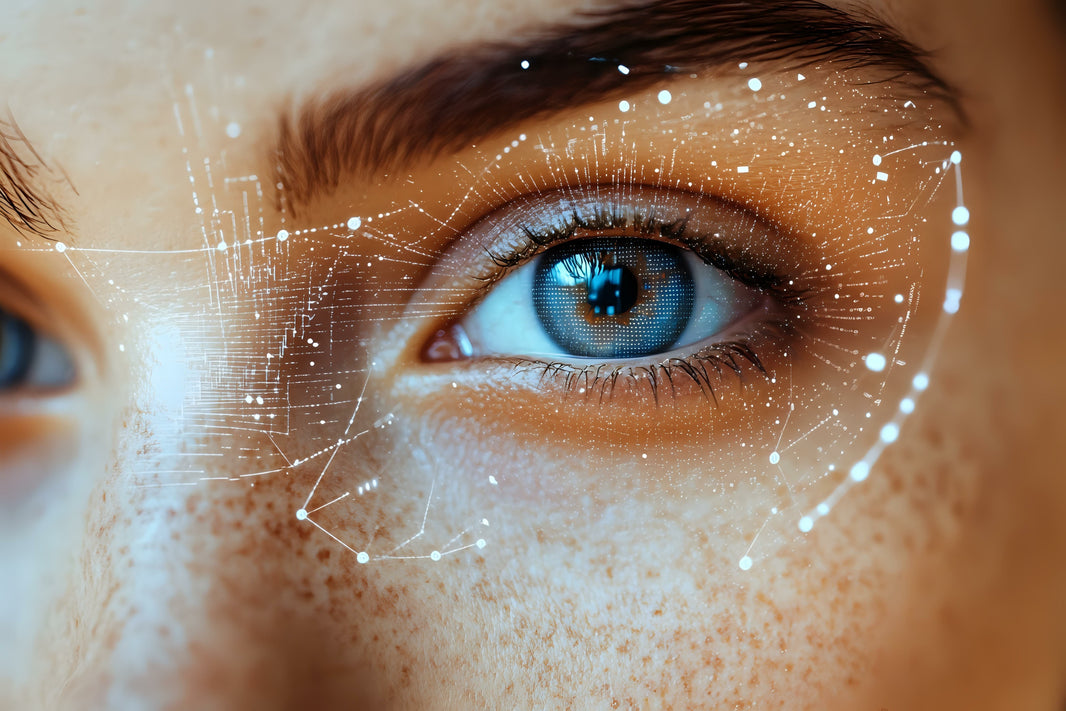Why do we repeatedly choose certain brands – even when others are cheaper, faster, or objectively better? What makes us trust an online shop we don't actually know? The answer has much less to do with facts and much more to do with gut feeling. This gut feeling can be consciously shaped – especially in web design.
Emotion sells: How our brain makes purchasing decisions
When we shop online, we often believe our decision is logical, considered, and objective. But numerous psychological studies show the opposite is true. According to a study by Harvard Business School , over 90% of our purchasing decisions are based on emotional impulses —not rational consideration.
In a matter of seconds, our subconscious decides whether we trust a company, whether a brand seems "nice," and whether we're willing to spend our money there. This emotional evaluation often happens before we even register the price or product description.
Subconscious mechanisms come into play here. The principle of social proximity, for example, ensures that we are more likely to buy from brands that embody values we share. The so-called halo effect also plays a role: If a company appears friendly, transparent, and approachable, we automatically transfer this positive image to its products.
Building trust in the digital space: The role of web design
In brick-and-mortar retail, salespeople, store design, and personal conversations take on the task of establishing trust and proximity. Online, however, websites must do this work – often within a few seconds. Web design is therefore more than just aesthetics; it's a psychological tool.
People decide whether to trust a website based on their gut feeling. Stanford University found that 46.1% of users judge a website's credibility based on its design . Friendly colors, a clear layout, and authentic images are inviting. Cluttered structures, sterile stock photos, or aggressive sales messages, on the other hand, create distance.
Many successful German brands have understood this very well. Bionade , for example, has positioned itself for years as sustainable, authentic, and approachable. Its website reflects these values: simple language, authentic photos, and transparent information. Eintracht Frankfurt , one of Germany's most likeable football clubs, also uses emotional images and direct communication on its website to create a sense of connection with its fans.
Another example is the outdoor brand Vaude . Its website not only communicates products, but also tells stories about sustainability and responsibility. This attitude not only makes the brand credible—it humanizes it.
When brands appear human: What makes companies attractive
It's often small but crucial factors that transform an anonymous seller into a company people are happy to buy from. A friendly text, an authentic employee photo, a transparent look behind the scenes – all of this creates the feeling of dealing with real people, not an anonymous machine.
Neuroscience knows that when we're in close contact with someone, our brain releases the hormone oxytocin , which promotes trust and connection. This effect can be consciously harnessed online. The Berlin-based company Einhorn Kondome does just that: With bold, direct communication, real photos of the team, and a clear stance on social issues, they build an emotional connection with their customers – and on this basis, they successfully sell a seemingly unromantic product.
Lemonaid , a Hamburg-based beverage brand, also uses similar mechanisms. The website not only explains what the product can do, but also what the company stands for: fair production, social commitment, and transparent supply chains. This not only builds trust – but genuine enthusiasm.
How to apply the principle of sympathy to your website
The question remains: How can you use this knowledge in your own web design? The good news: It doesn't require multimillion-dollar marketing budgets, but rather psychological sensitivity and authenticity.
The key idea is to design your website not as a digital sales platform, but as a conversation partner . A friendly, human appearance is appealing because it appeals to the natural desire for connection. Customers prefer to buy from brands they like – and this is precisely what can be consciously controlled.
Critically examine your website: Does it offer a glimpse behind the scenes? Is communication using understandable, positive language? Do visitors see real faces instead of anonymous icons? Does your online presence appear inviting, open, and transparent? Even small changes can have a noticeable effect on the conversion rate.
It's also worth collecting regular feedback. User surveys or simple test phases quickly reveal which content inspires trust – and which doesn't.
Because in the end, people don't buy products or services. They buy good feelings, closeness, and the secure feeling of being in the right place.









